 To enhance service speed and avoid tariff delays, we've opened a US warehouse. All US orders ship directly from our US facility.
To enhance service speed and avoid tariff delays, we've opened a US warehouse. All US orders ship directly from our US facility.
| Cat. No. | Product Name | Field of Application | Chemical Structure |
|---|---|---|---|
| DC33640 | DOPC Featured |
DOPC, also known as 18:1 (Δ9-Cis) PC, is a phospholipid containing the unsaturated long-chain (18:1) oleic acid inserted at the sn-1 and sn-2 positions. It is commonly used alone, or with other components, in the generation of micelles, liposomes, and other types of artificial membranes.
More description
|
.jpg)
|
| DC67622 | DPPA-NA Featured |

|
|
| DC67620 | DPPG-NA Featured |
DPPG-NA(rac-DPPG sodium) is a biochemical reagent that can be used as a biological material or organic compound for life science related research.
More description
|
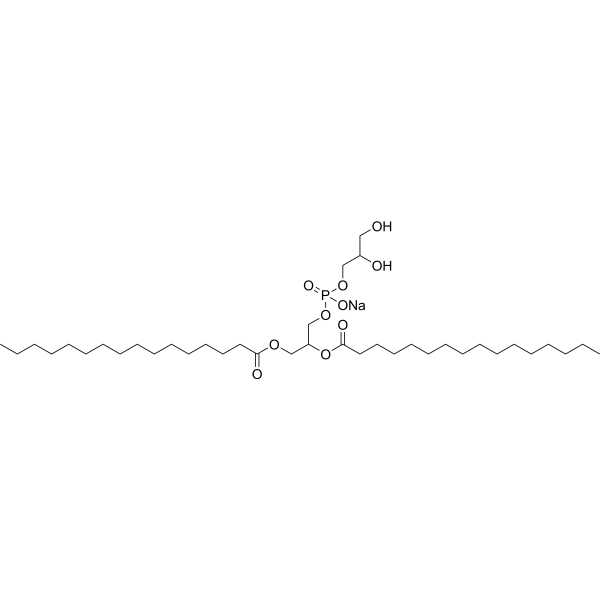
|
| DC49915 | DSPG-Na Featured |
DSPG-Na is the component of liposomes for drug delivery.
More description
|

|
| DC60076 | DEPC Featured |
DEPC, also known as DC22:1PC or SJN79954, is a phospholipid containing erucic acid at the sn-1 and sn-2 positions. DEPC is a useful reagent in drug formulation study. It has been used in the study of lipid membranes and to determine the effect of long-chain phospholipids on the secondary structure of human islet amyloid polypeptide (hIAPP).
More description
|

|
| DC57005 | 1,2-DSPC Featured |
1,2-Distearoyl-sn-glycero-3-PC is a phospholipid containing the saturated long-chain (18:0) stearic acid inserted at the sn-1 and sn-2 positions.
More description
|

|
| DC32182 | DPPC Featured |
Colfosceril Palmitate, also known as 129Y-83 and DPPC, is the primary surface-active agent of natural lung surfactant and the major constituent of exogenous surface replacement preparations. Colfosceril Palmitate is used for the prophylaxis and treatment of neonatal respiratory distress syndrome.
More description
|

|
| DC65731 | DPPA Featured |
DPPA is a form of phosphatidic acid (PA).
More description
|

|
| DC65717 | DPPE Featured |
DPPE is a derivative of phosphatidylethanolamine with (16:0) palmitoyl acyl chains
More description
|

|
| DC45611 | DMPC Featured |
1,2-Dimyristoyl-sn-glycero-3-phosphocholine (DMPC) is a synthetic phospholipid used in liposomes. 1,2-Dimyristoyl-sn-glycero-3-phosphocholine is used for the study of lipid monolayers and bilayers.
More description
|

|
| DC33634 | DOPE Featured |
DOPE, also known as 1,2-Dioleoyl-sn-glycero-3-PE or 1,2-DOPE, is a synthetic analog of naturally-occurring PE containing 18:1 fatty acids at the sn-1 and sn-2 positions. 1,2-DOPE can be used as an emulsifier to facilitate DNA-liposome complex transport across membranes. It is used in combination with cationic phospholipids to increase efficiency during DNA transfection studies as a non-viral method of gene delivery.
More description
|

|
| DC67619 | DMG-PEG2k-TCO Featured |

|
|
| DC73230 | SD133 Featured |
SD133 (Sd-133) is a drug-like small molecule inhibitor of adhesion molecule cadherin 11 (CDH11), binds specifically to the CDH11 binding pocket with KD of 25.2 uM in SPR assays.
More description
|
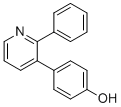
|
| DC70809 | STAT3 inhibitor N4 Featured |
STAT3 inhibitor N4 is a small molecule capable of inhibiting the STAT3 SH2 domain with IC50 of 0.57 uM, SPR KD of 1.04 uM, inhibits STAT3 dimerization and transcription in vitro and suppresses pancreatic cancer in vivo.N4 suppresses STAT3 activation in pancreatic cancer cells, suppresses pancreatic cancer cell growth, migration, and induces apoptosis.N4 (20 mg/kg, i.p.) suppresses pancreatic cancer growth, exhibits potent anti-metastatic activity in a pancreatic cancer liver metastasis mouse model, and prolongs survival of tumor-bearing mice.
More description
|
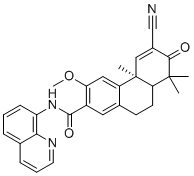
|
| DC22504 | Leuprorelin Featured |
Leuprorelin (Leuprolide) is a GnRH analog and agonist of GnRH receptor, interrupts the normal pulsatile stimulation and desensitizing of the GnRH receptors..
More description
|
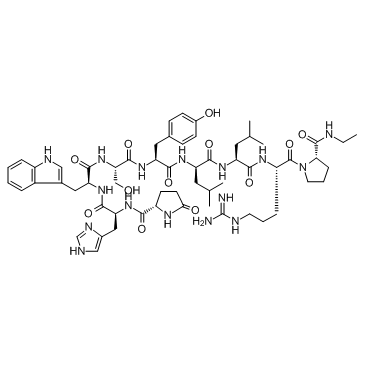
|
| DC67602 | ILB-3132(E12LA6B603) Featured |
E12LA6B603(ILB3132,ILB-3132) is a novel ionizable amino lipid disclosed in patent WO2024198497A1, developed by MagicRNA, representing a highly efficient component for lipid nanoparticle (LNP) delivery systems.When formulated into LNPs, E12LA6B603 LNP achieves a remarkable 98.26% encapsulation efficiency for mRNA. It mediates superior in vitro transfection in dendritic cells (1.8E+05 intensity) and demonstrates best-in-class in vivo protein expression after intramuscular injection (2.2E+09 intensity). Most notably, in a B16-OVA melanoma model, therapeutic OVA-mRNA vaccines delivered by E12LA6B603 LNPs induced 100% complete tumor regression, highlighting its superior efficacy over benchmarks like DLin-MC3 and SM-102. Its biodegradable ester linkages and balanced structure make it a promising, potent candidate for next-generation mRNA vaccines and therapeutics.
More description
|

|
| DC11569 | E3 Ligand-Linker Conjugate 4 Featured |
An E3 ligase ligand-linker conjugate for PROTAC...
More description
|
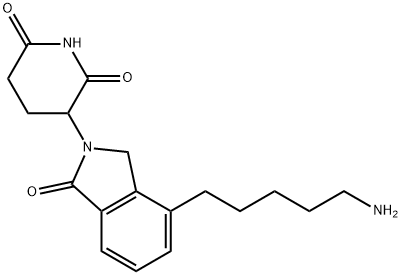
|
| DC67617 | iChol15-C4A2 |
iChol15-C4A2 is a groundbreaking ionizable cholesteryl lipid, expertly designed to overcome the primary challenge of liver-centric accumulation in mRNA therapeutics. Its innovative "two-in-one" structure seamlessly integrates cholesterol with an ionizable headgroup, enabling the formation of stable, three-component Lipid Nanoparticles (Tc-LNPs).The key advantage of Tc-LNPs formulated with iChol15-CA2 is their significantly reduced adsorption of Apolipoprotein E (ApoE).This unique property directly attenuates ApoE/LDLR-mediated uptake by liver cells, dramatically shifting biodistribution toward extrahepatic tissues. Peer-validated research demonstrates a remarkable 20-50 fold increase in the spleen-to-liver mRNA expression ratio compared to standard LNPs like ALC-0315, unlocking unparalleled potential for targeting the immune system.
Beyond its superior targeting capability, iChol15-C4A2 ensures high mRNA encapsulation efficiency, excellent colloidal stability, and proven biocompatibility. It offers a powerful, off-the-shelf solution to advance next-generation mRNA applications, from innovative vaccines and cancer immunotherapies to treatments for splenic disorders. Discover how iChol15-C4A2 can transform your delivery platform.
More description
|
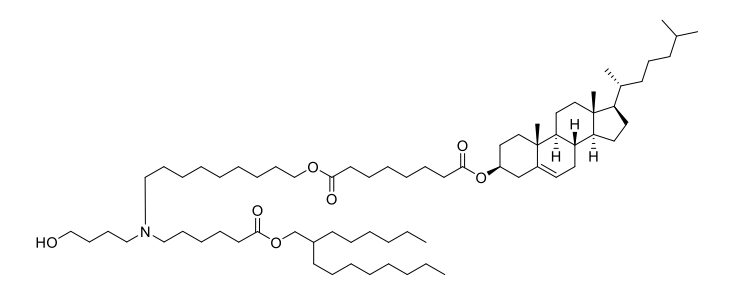
|
| DCC4183 | Pladienolide B Featured |
Pladienolide B is a potent cancer cell growth inhibitor that targets the SF3B1 subunit of the spliceosome. Pladienolide B exerts antitumor activities mediated through the inhibition of pre-mRNA splicing. Pladienolide B induces apoptosis.
More description
|
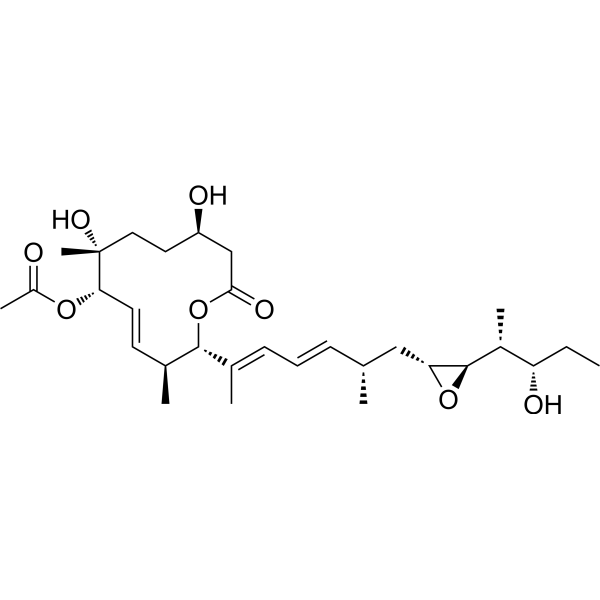
|
| DC47162 | 10-Nitrooleic acid Featured |
10-Nitrooleic acid (CXA-10), a nitro fatty acid, has potential effects in disease states in which oxidative stress, inflammation, fibrosis, and/or direct tissue toxicity play significant roles.
More description
|
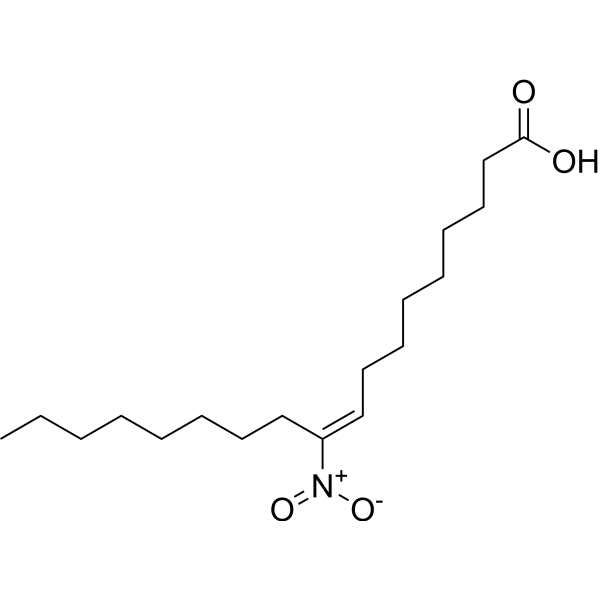
|
| DC73346 | TGP-29b-066 Featured |
TGP-29b-066 (Targapremir-29b-066) is a specfic small-molecule miR-29b inhibitor that targets miR29b hairpin precursor (pre-miR-29b), selectivity and effectively decreases miR-29b expression levels in C2C12 myoblast, attenuates muscle atrophy in vitro and
More description
|

|
| DC7575 | 10058-F4 Featured |
10058-F4 is a c-Myc inhibitor that specificallly inhibits the c-Myc-Max interaction and prevents transactivation of c-Myc target gene expression.
More description
|
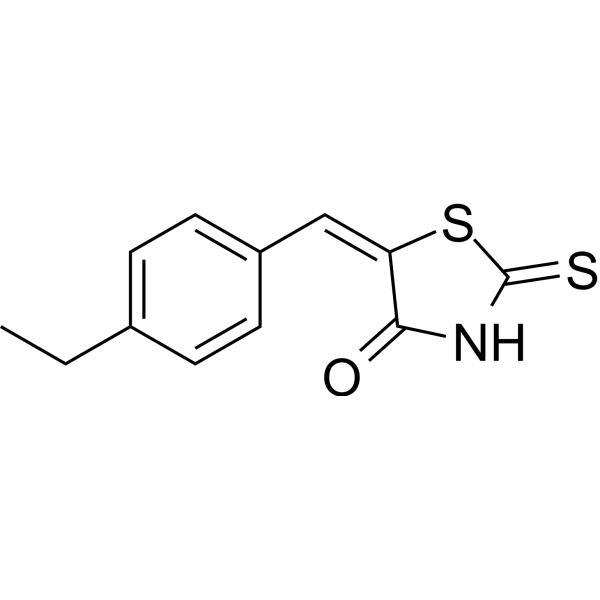
|
| DC9676 | AT7519 Featured |
AT7519 is a multi-CDK inhibitor for CDK1, 2, 4, 6 and 9 with IC50 of 10-210 nM; less potent to CDK3 and little active to CDK7.
More description
|
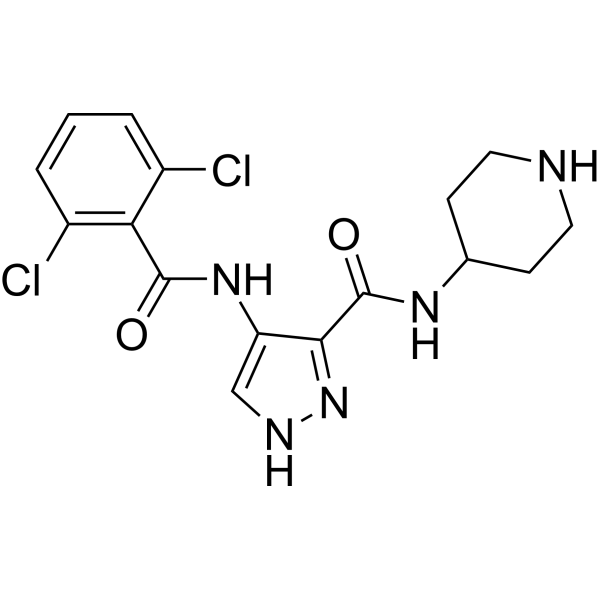
|
| DC8075 | Purvalanol A(NG 60) Featured |
Purvalanol A is a potent, cell-permeable cyclin-dependent protein kinase (cdk) inhibitor.
More description
|
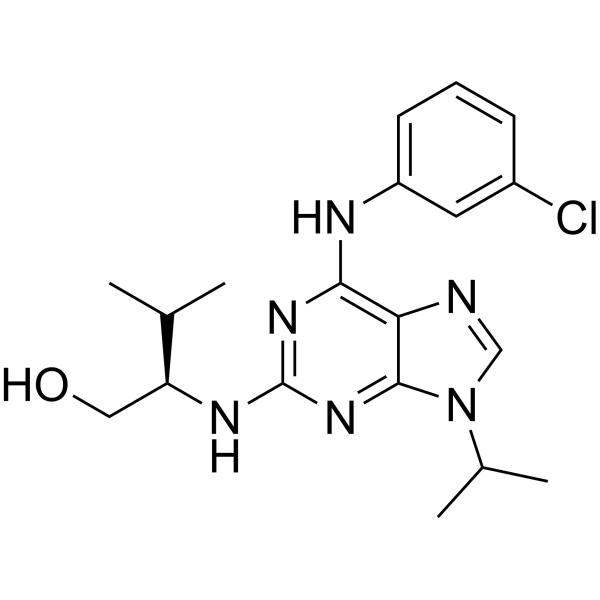
|
| DC32991 | Myoseverin Featured |
Myoseverin is an inducer of the reversible fission of multinucleated myotubes into mononucleated fragments, affecting the expression of a variety of growth factor, immunomodulatory, extracellular matrix-remodeling, and stress response genes, consistent with the activation of pathways involved in wound healing and tissue regeneration.
More description
|
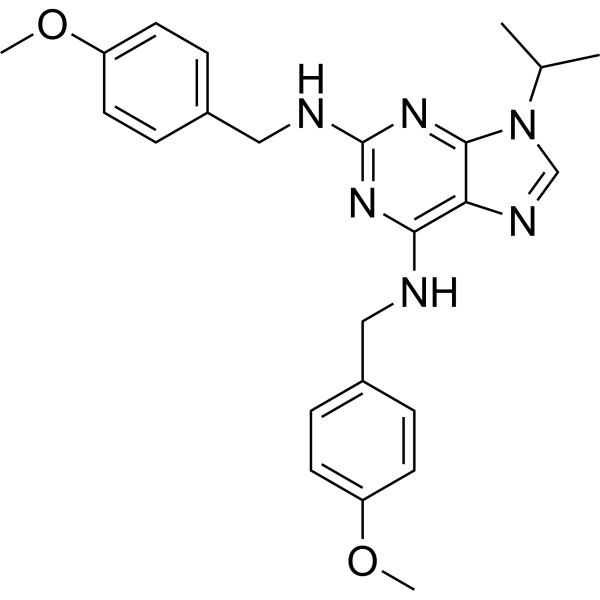
|
| DC9306 | CVT-313(NG-26) Featured |
CVT-313(NG-26) is a potent, selective, reversible, and ATP-competitive inhibitor of CDK2 (IC50 = 0.5 uM for Cdk2/A and Cdk2/E; 4.2 uM for Cdk1/B; 215 uM for Cdk4/D1).
More description
|
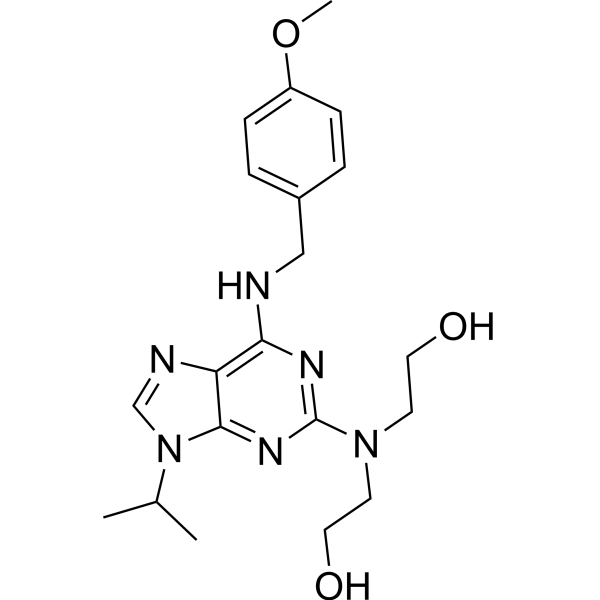
|
| DC67614 | (diamine)bis(3-carboxypropanoato)(dichlorido)platinum(IV) Featured |
bis(3-carboxypropanoato)(dichlorido)platinum(IV).png)
|
|
| DC2099 | cis-Diaminedichloroplatinum Featured |
Cisplatin is an inorganic platinum agent (cis-diamminedichloroplatinum) with antineoplastic activity.
More description
|
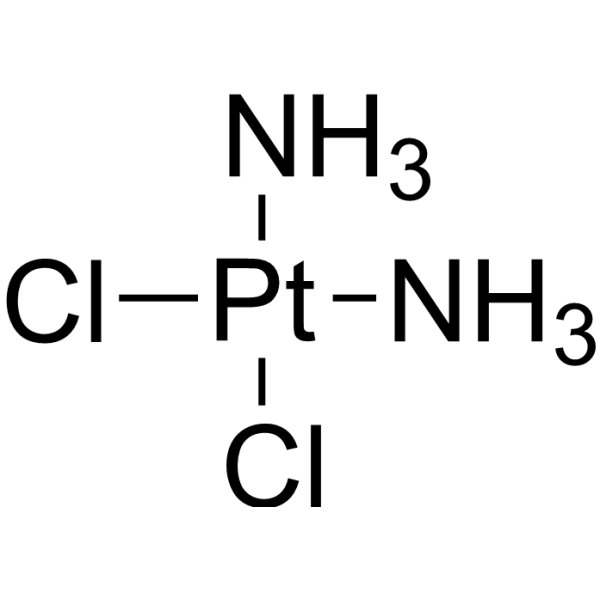
|
| DC67613 | [Pt(DACH)(OH)2(ox)] Featured |
[Pt(DACH)(OH)2(ox)] (Dihydroxy Oxaliplatin-Pt(IV)) is a Oxaliplatin (HY-17371)-based Pt(IV) scaffold. [Pt(DACH)(OH)2(ox)] reacts with N-hydroxysuccinimide (NHS) ester of Pyropheophorbide-a (HY-128973) to yield phorbiplatin. Phorbiplatin is a highly potent Pt(IV) antitumor prodrug.
More description
|
(OH)2(ox)].gif)
|
| DC67612 | Magnesium acetyl taurate Featured |
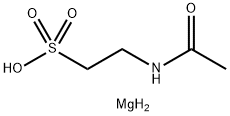
|